A most wonderful place to begin exploring the riparian landscapes in the world of Big Sur is the Big Sur River. There are numerous places to access the river and the rich ecological systems that thrive along its banks. The entire watercourse of this river can be traversed depending on ability and desire. This river is a microcosm of Big Sur. To get to know this river system is to get to know Big Sur. As the mountains are uplifted by violent tectonic forces, the freshwaters of rain and snowmelt gather to carve and shape the land following the fault lines.
The Big Sur River watershed covers around 160 km² (60 mi²) of rugged terrain in the north-central Santa Lucia mountains. Bounded by the Coast Ridge to the west and the Ventana Cones to the north and east.
The Big Sur River is fed by two main streams, the North and South forks, each carving deep canyons filled with nuanced flora and fauna. These two forks merge and flow west cutting a large, deep, beautiful canyon, continuing through the Big Sur River gorge into the Big Sur Valley. The major tributaries of the River are, Pick Creek, Mocho Creek feeding the South Fork and Redwood Creek and Cienega Creek feeding the North Fork. After the confluence, Logwood Creek, Terrace Creek, Ventana Creek contribute their flows. Each tributary is its own world to explore. The river continues its flow through Pfeiffer-Big Sur State Park and then Andrew Molera State Park to its mouth emptying into the Pacific Ocean just south of Point Sur.
This dramatic riparian landscape is home to a rich tapestry of plant communities, reflecting the diverse microclimates and the long history of human interaction with the land. The upper slopes of the watershed are cloaked in dense chaparral while north-facing slopes shelter mixed evergreen forests. Along the streams and rivers, well-developed riparian woodlands thrive, creating wildlife habitats and rich understories beside many perfectly Edenic pools.
Terraces along the River host oak and California Bay trees, while redwoods and hardwoods fill north-facing slopes. South-facing slopes feature dense scrub. These riparian zones include redwoods, sycamores, alders, maples, and black cottonwoods, with an understory of brambles and shrubs.
The river supports various animals, including crows, jays, squirrels, and chipmunks. Secretive animals like skunks, deer, raccoons, and gray foxes also reside here. Red-shouldered hawks, dippers, and flycatchers are commonly seen along the river.
Dense chaparral, dominated by chamise, bigberry and eastwood manzanita, and scrub oaks cover the upper slopes of the Big Sur watershed. On rocky slopes, chaparral plants grow more sparsely. Mixed evergreen forests occupy north-facing slopes, while well-developed riparian woodland are found along the banks. Redwoods grow in the North and South Fork canyons, along the gorge below the confluence and along the river as it winds its way to the sea.
Exploring the river will allow one to see rock of the Salinian block, sedimentary rocks of the Cretaceous age, metamorphic rocks of gneiss and schist, and granitic rocks also underlay an extensive area including the peaks of Double Cone, Ventana Cone, and South Ventana Cone.
I like exploring the Big Sur River.
Photography here is both easy and challenging. Whatever kind of adventure you are looking for, it's available. Helicopter rescues happen several times a year. Be smart. Stay humble. Find the beauty.
It’s important to emphasize that these wild places were home for generations of Native Americans and their lives helped shape the landscape and plant life. Human were central to the life of the land. You as a human are as much at home here in the Big Sur River as any other place on Earth. When you participate with the life of the landscape you are continuing a tradition that stretches back many years. Understanding the stewardship practices that supported human life, developed over millennia, are useful to know and respect.
The Esselen People and Their Stewardship
For thousands of years, the Big Sur River Watershed has been the homeland of the Esselen people. The Esselen were deeply connected to their environment, relying on its resources for food, shelter, and many critical cultural practices. Their understanding of the land and its cycles was profound, and they actively managed the landscape, including the riparian areas, to ensure its health and abundance.
One of the key ways the Esselen shaped the Big Sur landscape was through the use of cultural fire. Fire was a natural and essential part of the ecosystem, and it was used skillfully to harmonize an environment to support their livelihood in wonderful ways.
By prescribing fire they were able to:
Thin overcrowded forests: This practice promoted the growth of larger, healthier trees and reduced the risk of catastrophic wildfires.
Improve access to resources: By clearing underbrush and promoting open spaces, fire made it easier for the Esselen to travel, hunt, and gather food.
Encourage growth of desirable plants: Fire helped create open, park-like conditions that favored oak savannas and coastal prairies, which provided the Esselen with acorns, grasses, and other important resources. The understory and overstory along riparian landscapes too were managed through prescribed, regular fires.
Control pests and diseases: Fire maintained plant health by suppressing harmful insects and pathogens.
Food and Resources
The riparian areas of the Big Sur rivers and creeks, provide access to water, fertile soils and wildlife. These areas were rich in edible plants, including:
Acorns: Acorns were a staple food for the Esselen and many other California Native tribes. They were collected in the fall, dried, stored, and then ground into flour. The oaks that produced these acorns, especially the coast live oaks, canyon live oaks, black oaks, and tanbark oaks, were carefully tended by the Esselen through pruning, thinning, and the application of fire.
Bay laurels: The leaves of bay laurels were used for flavoring food and for medicinal purposes.
Buckeyes: While buckeyes are toxic in their raw form, the Esselen developed techniques for leaching out the toxins, making the nuts safe to eat.
Elderberries: Elderberries were a valuable source of vitamins and antioxidants, and they were used to make jams, syrups, and teas.
In addition to cultivating food plants, the Esselen also utilized the riparian areas for:
Fishing: The Big Sur River provided a reliable source of fish were an important part of the Esselen diet.
Basketry materials: The roots of redwoods and other riparian plants were used to weave baskets for storage and carrying.
Building materials: The wood and bark of redwoods were essential for constructing homes, canoes, and other structures.
Cultivating of edible plants: Along the freshwaters of Big Sur’s waterways, many plant species were managed actively by the Esselen.
The Esselen were not passive inhabitants of Big Sur. They actively shaped and managed the landscape to meet their needs. By clearing underbrush, thinning trees, and regularly using fire, they kept trails open and accessible, allowing them to move freely throughout the watershed. While a subject of academic debate, there are compelling arguments that suggest the diversity of plant life and the adaptations of these species are due to human cultural practices stretching back thousands of years. To further explore these ideas, the following books are recommended:
Forged By Fire: The Cultural Tending Of Trees And Forests In Big Sur And Beyond by Lee Klinger
Tending the Wild: Native American Knowledge and the Management of California's Natural Resources by M. Kat Anderson.
The Overstory
The Big Sur River Watershed boasts a remarkable diversity of trees, creating an overstory that varies with elevation, slope aspect, and proximity to the coast. The watershed is unique in that it allows species like the moisture-loving redwoods and the more arid-adapted ponderosa pines to thrive in relative proximity.
Redwoods (Sequoia sempervirens): These iconic giants, symbols of California's ancient forests, find refuge in the moist canyons and valleys of the Big Sur River Watershed. While not as massive as their northern counterparts, they nonetheless create a sense of awe and wonder.
Ponderosa Pines (Pinus ponderosa): These majestic pines, with their distinctive cinnamon-colored bark and long needles, typically inhabit the higher elevations and ridgetops.
Douglas Firs (Pseudotsuga menziesii): In the southern reaches of the watershed, where redwoods reach their southernmost limit, Douglas firs take over as the dominant conifer, creating dense forests along the slopes.
Adding to this tapestry of conifers are a variety of hardwoods, each contributing its unique shape, texture, and color to the forest.
Oaks: The sources highlight several oak species, including coast live oak (Quercus agrifolia), interior live oak (Quercus wislizenii), canyon live oak (Quercus chrysolepis), California black oak (Quercus kelloggii), and the stately valley oak (Quercus lobata). These oaks provide essential habitat and food sources for a wide range of wildlife.
Other Hardwoods: Bigleaf maples (Acer macrophyllum), with their large, lobed leaves, add a splash of color, particularly in the fall. Western sycamores (Platanus racemosa), easily recognizable by their patchy bark, thrive along stream banks. California bay (Umbellularia califomica), known for its pungent aroma, and the smooth-barked madrone (Arbutus menziesii) add to the diversity of the hardwood forests.
The Understory
The understory of the Big Sur River Watershed is a world of intricate beauty and ecological complexity, a layer teeming with ferns, shrubs, wildflowers, and grasses.
Ferns: The moist, shaded conditions of the redwood and riparian forests create an ideal environment for ferns to thrive. Sword ferns (Polystichum munitum), with their sword-like fronds, are particularly abundant. Other ferns include the delicate maidenhair fern (Adiantum jordani), the five-finger fern (Adiantum pedatum), and the western chain fern (Woodwardia fimbriata), with its long, cascading fronds. Bracken fern (Pteridium aquilinum) often forms dense stands in open areas, alongside giant horsetail (Equisetum telmateia).
Shrubs: Shrubs add texture and diversity to the understory, particularly in the chaparral and coastal scrub communities. The ever-present chamise (Adenostoma fasciculatum), with its small, needle-like leaves, forms dense, impenetrable thickets. Manzanitas (Arctostaphylos spp.), with their smooth, reddish bark and often contorted branches, are another characteristic shrub of the region. Ceanothus (Ceanothus spp.), with its showy clusters of blue or white flowers, adds a splash of color in the spring. Coyote bush (Baccharis pilularis), California coffeeberry (Rhamnus californica), and toyon (Heteromeles arbutifolia), with its bright red berries, are also common. And, of course, poison oak (Toxicodendron diversilobum) lurks in the shadows, reminding hikers to be cautious.
Wildflowers: Late winter and spring in the Big Sur River Watershed is a time of vibrant color, as wildflowers burst into bloom across the landscape. California poppies (Eschscholzia californica) paint the hillsides with their golden hues. Sky lupine (Lupinus nanus) creates carpets of blue, while the taller bush lupine (Lupinus arboreus) adds its yellow blossoms to the mix. Sticky monkey flower (Mimulus aurantiacus), with its bright orange flowers, attracts hummingbirds. Indian paintbrush (Castilleja spp.), with its red-tipped bracts, adds a fiery touch. Douglas' iris (Iris douglasiana), with its delicate purple flowers, thrives in moist, shady spots. Redwood violets (Viola sempervirens) add their small, purple blossoms to the forest floor, while star flower (Trientalis latifolia), with its white, star-shaped flowers, blooms in shady nooks.
A Haven for Wildlife
The Big Sur River Watershed is a place where the intricate web of life unfolds in all its complexity. It's a landscape of contrasts, where towering redwoods share space with sun-drenched grasslands, where rushing streams carve through ancient mountains, and where a rich diversity of plants and animals find refuge. The diversity of habitats within the Big Sur River Watershed supports a rich array of wildlife, from the elusive mountain lion to the tiny salamanders meandering along a creek.
Mammals: The watershed provides habitat for a variety of mammals, both large and small. Mountain lions (Puma concolor), though rarely seen, roam the higher elevations. Bobcats (Lynx rufus), with their tufted ears and bobbed tails, are more common but still elusive. Gray foxes (Urocyon cinereoargenteus), coyotes (Canis latrans), and black-tailed deer (Odocoileus hemionus columbianus) are more frequently encountered. Raccoons (Procyon lotor) and striped skunks (Mephitis mephitis) scavenge along stream banks, while California ground squirrels (Otospermophilus beecheyi) chatter from their burrows in open areas.
Reptiles and Amphibians: While the sources acknowledge a relatively lower diversity of reptiles and amphibians compared to other taxa, they still list a number of species that contribute to the watershed's biodiversity. Western rattlesnakes (Crotalus oreganus) are a reminder to be cautious on trails. Fence lizards (Sceloporus occidentalis) bask in the sun on rocks and logs. Red salamanders (Pseudotriton ruber) and the endemic Santa Lucia slender salamander (Batrachoseps pacificus luciae) hide beneath moist leaf litter or under logs.
Insects: The canopies of these giant trees support thousands of insect species, contributing to the overall biodiversity of the forest.
Big Sur River Watershed Birds
The Big Sur region is a birdwatcher's paradise, with estimates ranging from 200 to 275 species.
California Condor (Gymnogyps californianus): A critically endangered species, the California condor is a testament to conservation efforts. Once widespread across North America, their numbers dwindled to a mere 22 individuals in the 1980s, leading to a captive breeding program. The program has shown some success, with condors being reintroduced to the wild. Their presence in the Big Sur region was once commonplace, with historical accounts mentioning flocks of condors feeding on carrion. The decline of the condor population is linked to various factors, including habitat loss, poisoning from lead ammunition in carrion, and egg collecting.
Bald Eagle (Haliaeetus leucocephalus): The bald eagle, a symbol of American strength and resilience, is another raptor species that has faced challenges. Once a common sight along the Big Sur coast, their numbers decreased due to habitat loss, primarily attributed to the construction of Highway 1. The presence of bald eagles in the Big Sur River Watershed is limited.
Red-tailed Hawk (Buteo jamaicensis): The red-tailed hawk is a common and widespread raptor throughout North America, including the Big Sur River Watershed. They are adaptable birds, inhabiting a range of habitats, from forests to grasslands, coastal scrub, chaparral, oak woodlands, and grasslands of the Big Sur region. Their diet consists primarily of rodents, but they also prey on rabbits, snakes, and other small animals. Red-tailed hawks are often seen soaring high above the canyons, their keen eyesight allowing them to spot prey from afar.
Belted Kingfisher (Megaceryle alcyon): The belted kingfisher is a striking bird with a distinctive rattling call. They are specialized fish-eaters, frequenting rivers, streams, and coastal areas including the Big Sur River and its tributaries. Their preferred hunting technique involves perching on branches overhanging water, diving headfirst to catch fish with their sharp beaks. The presence of healthy riparian ecosystems within the watershed is crucial for maintaining belted kingfisher populations.
American Kestrel (Falco sparverius): The American kestrel is the smallest falcon in North America, known for its colorful plumage and hovering flight. They are commonly seen perched on wires or fence posts, scanning the ground for prey in the grasslands and oak savannas of the Big Sur region, where they hunt primarily insects and small rodents. Their ability to hover allows them to catch insects in midair, while their sharp talons and beak make them effective predators of mice and voles.
Turkey Vulture (Cathartes aura): The turkey vulture is a familiar sight soaring high above the landscape, its distinctive silhouette easily recognizable. These birds are scavengers, playing a crucial role in the ecosystem by consuming carrion. Their keen sense of smell allows them to locate dead animals from afar, and their soaring flight helps them cover vast areas in search of food.
Western Meadowlark (Sturnella neglecta): The western meadowlark is a grassland specialist, known for its bright yellow breast and melodious song. They are ground-nesting birds, building their nests in depressions in the ground, often hidden among grasses. Their diet consists primarily of insects, particularly grasshoppers and crickets.
Winter Wren (Troglodytes hiemalis): The winter wren is a tiny, energetic bird with a loud voice that belies its small size. They are primarily insectivores, gleaning insects from the undergrowth of forests. The sources note their presence in the redwood forests of the Big Sur River Watershed. They build their nests in cavities in trees or under logs, often near streams. Their preference for moist, dense forests makes them an indicator of healthy riparian ecosystems within the watershed.
If you’ve made it this far, do me a favor and say hello in the comments. There is so much to absorb along the Big Sur River. I’ve just scratched the surface and am sharing in hopes that you too may find value in knowing these waters and the life they support.
The following photos are my own, taken along the Big Sur River. To see more of my photos, you can go here: Keith Evans Photography.

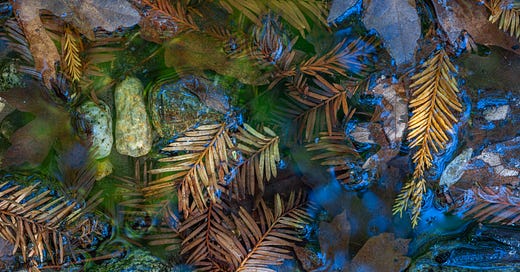



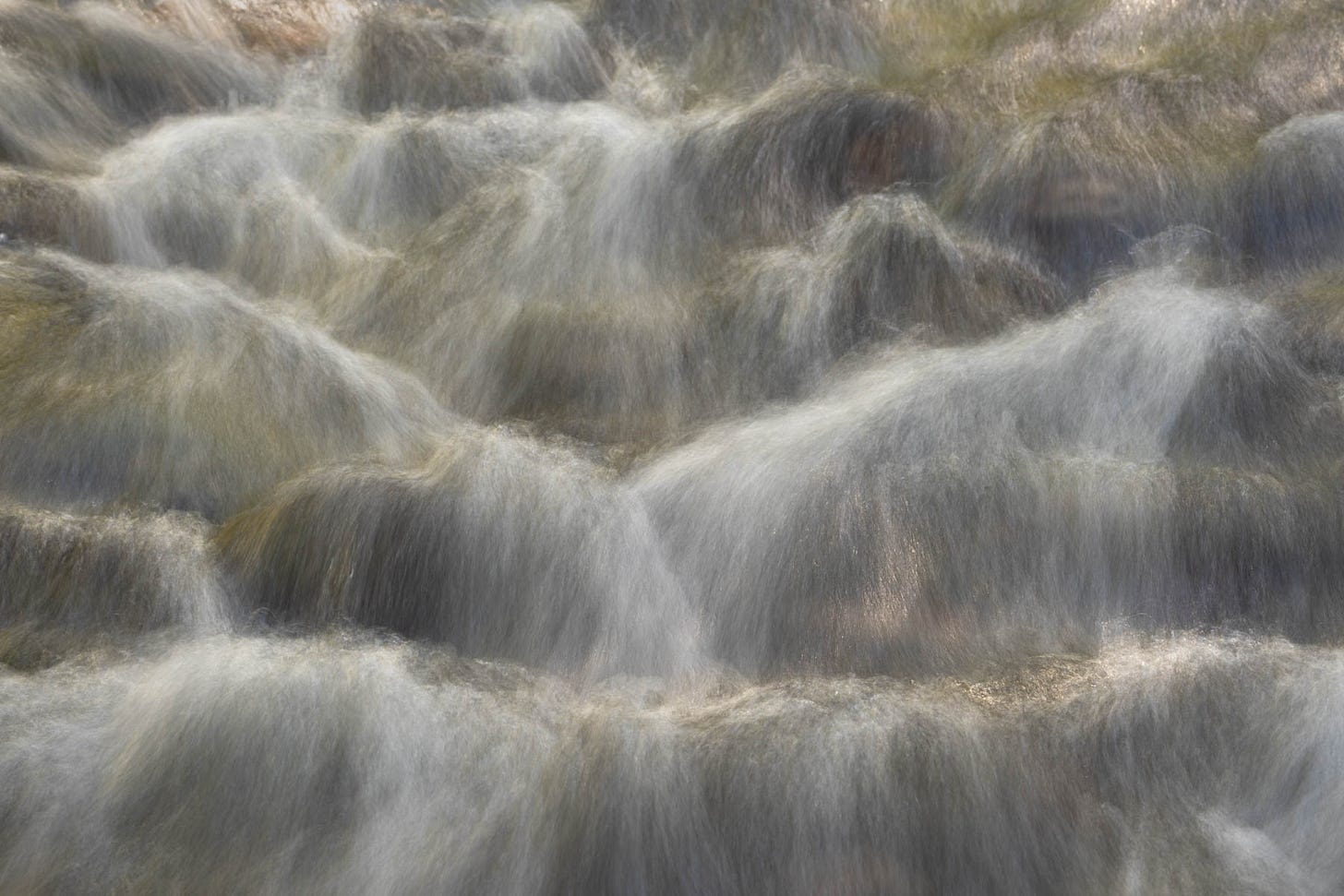
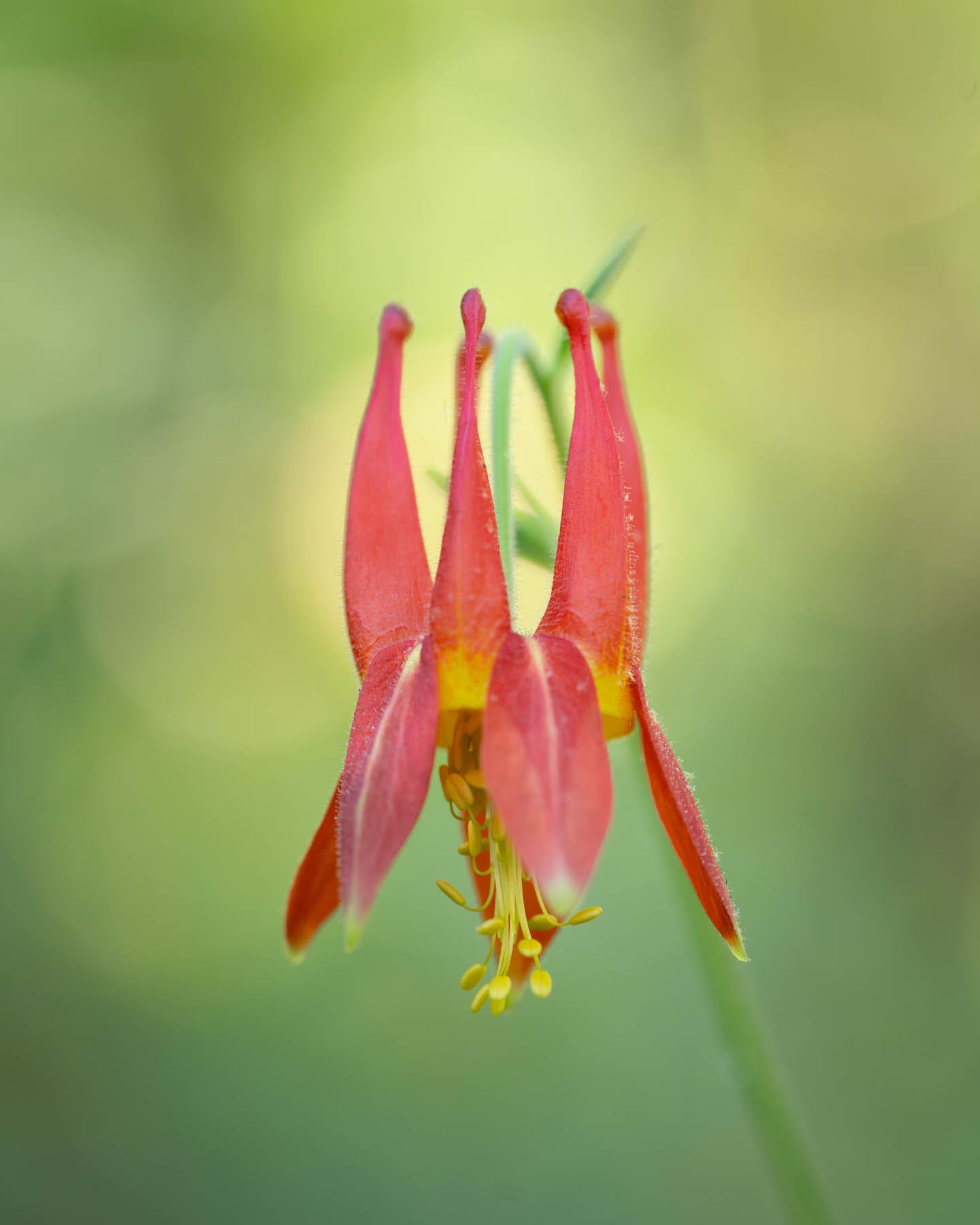
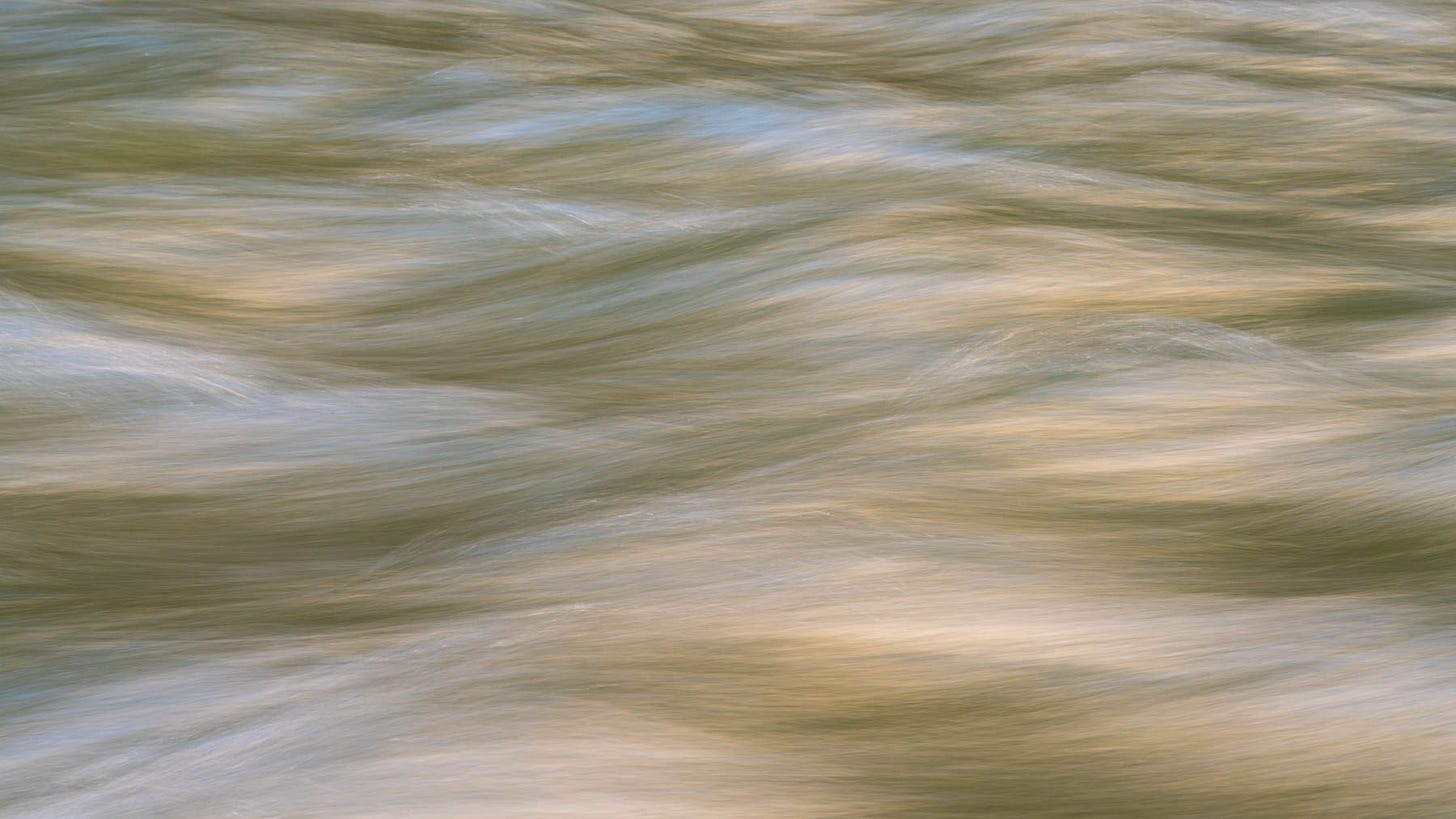
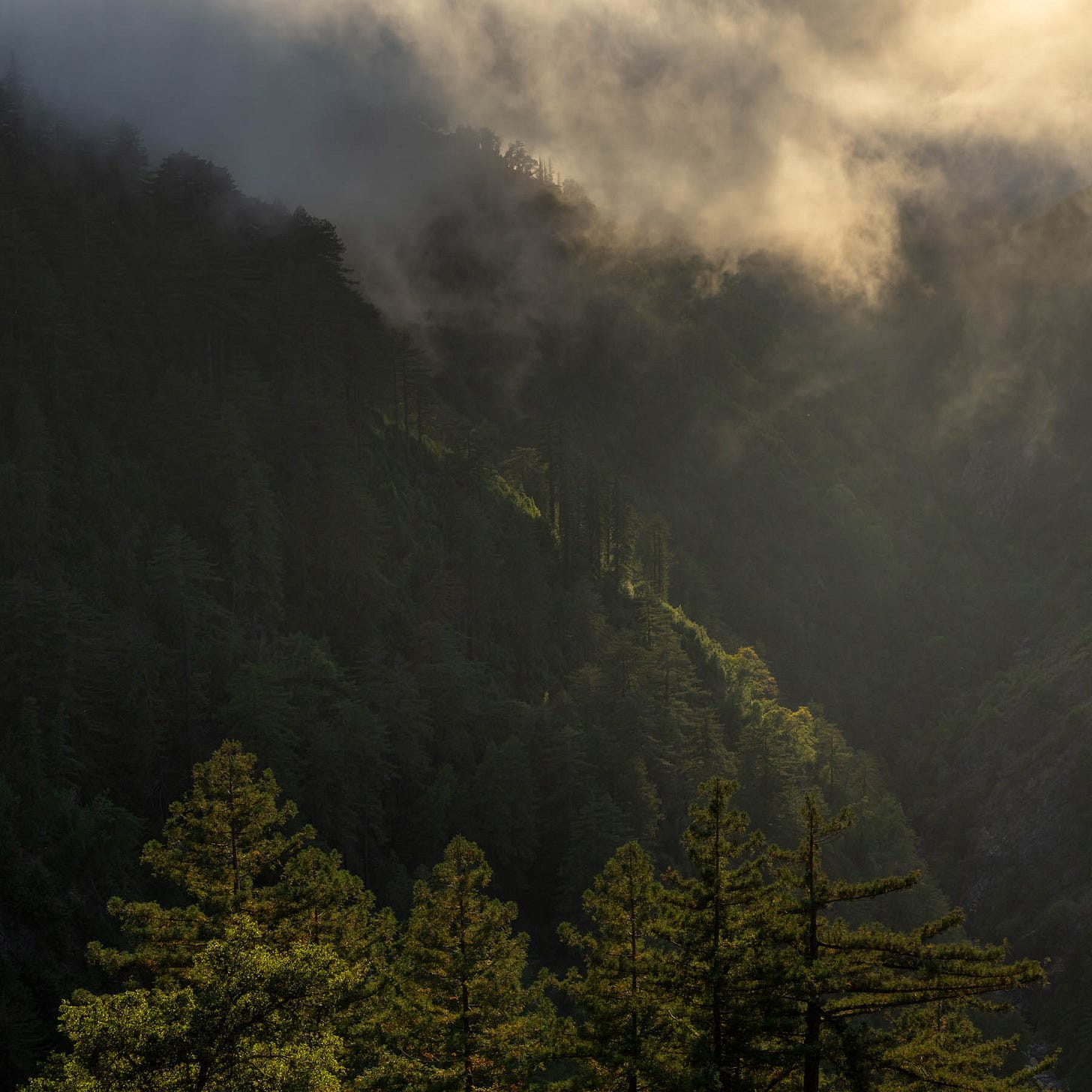
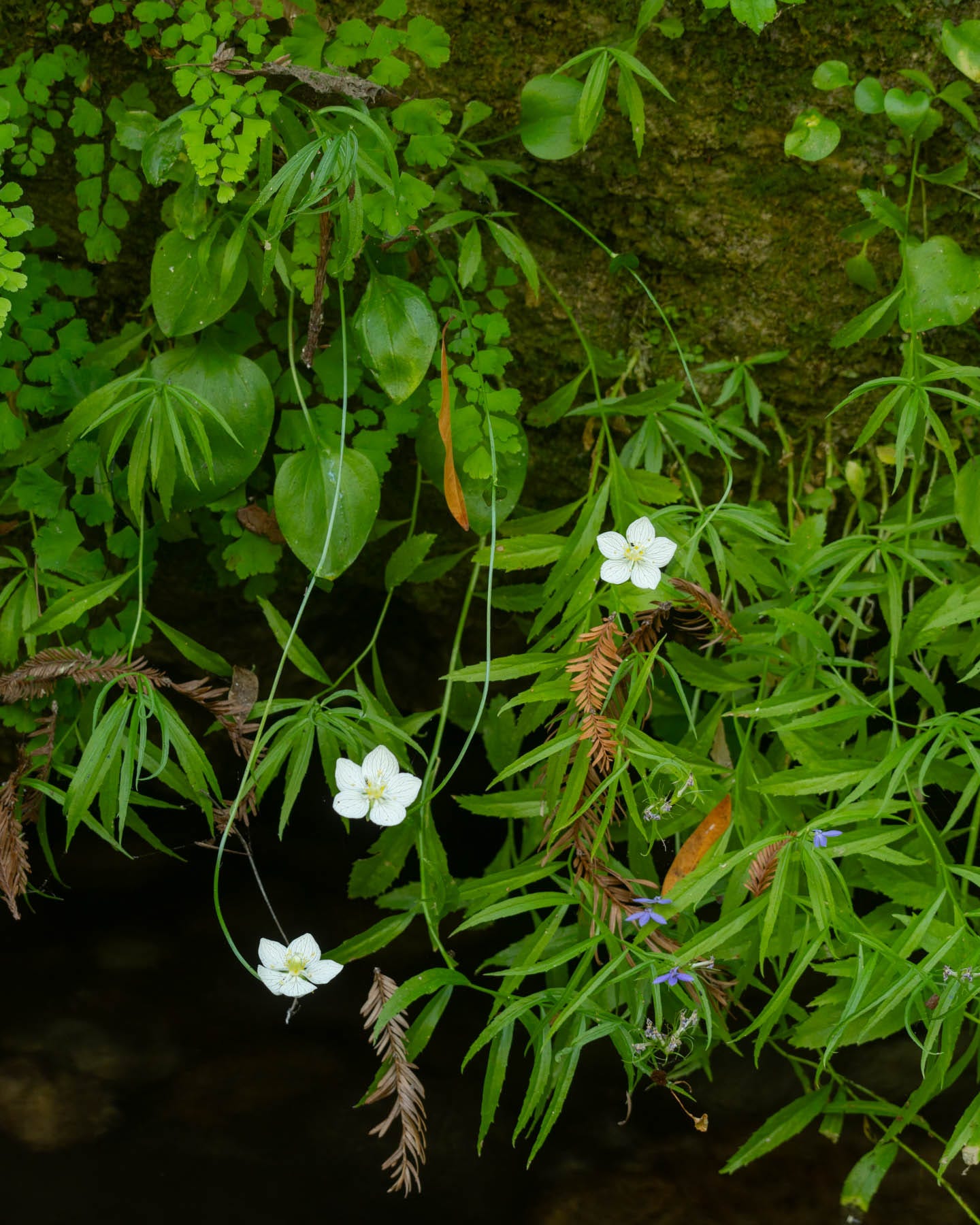
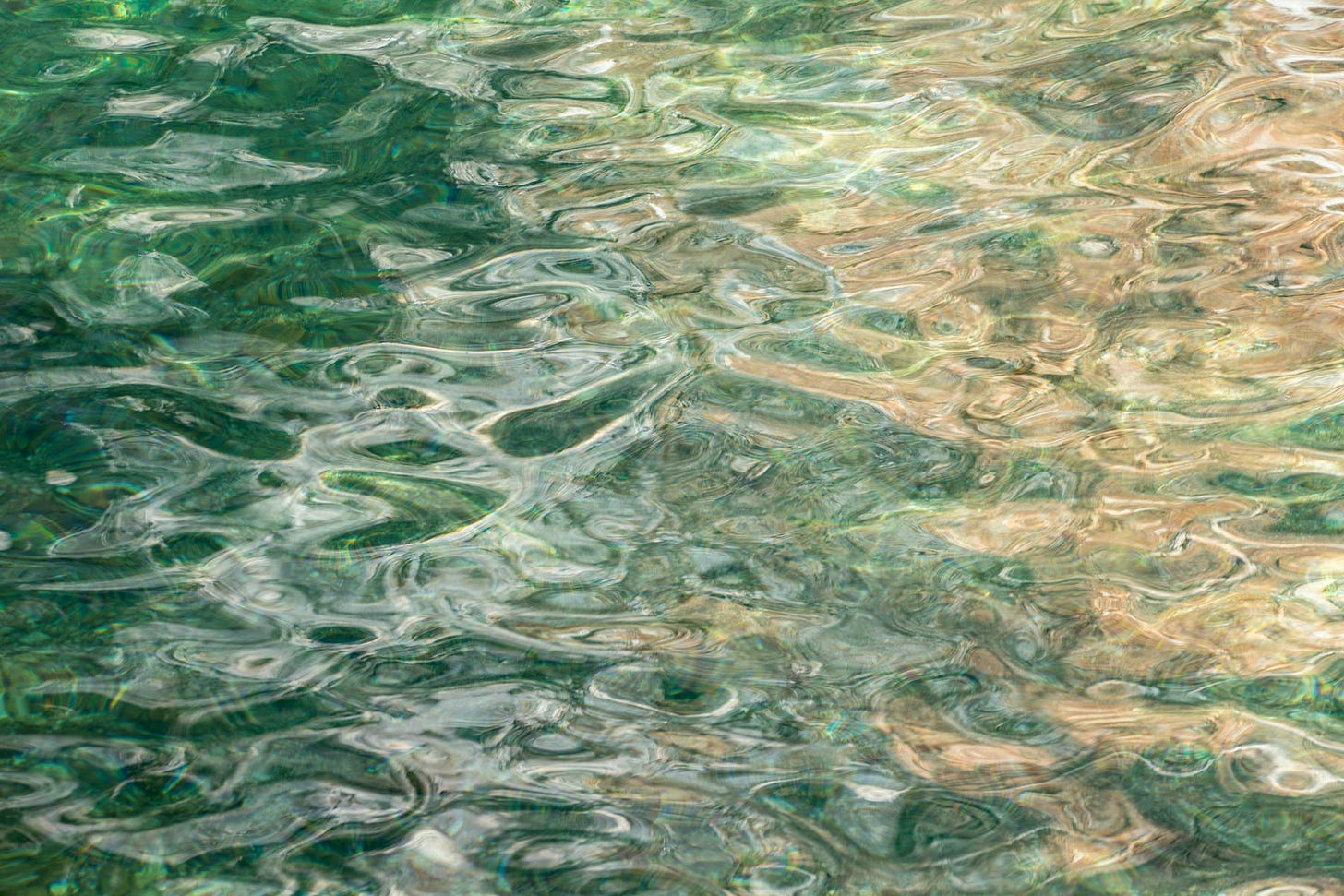
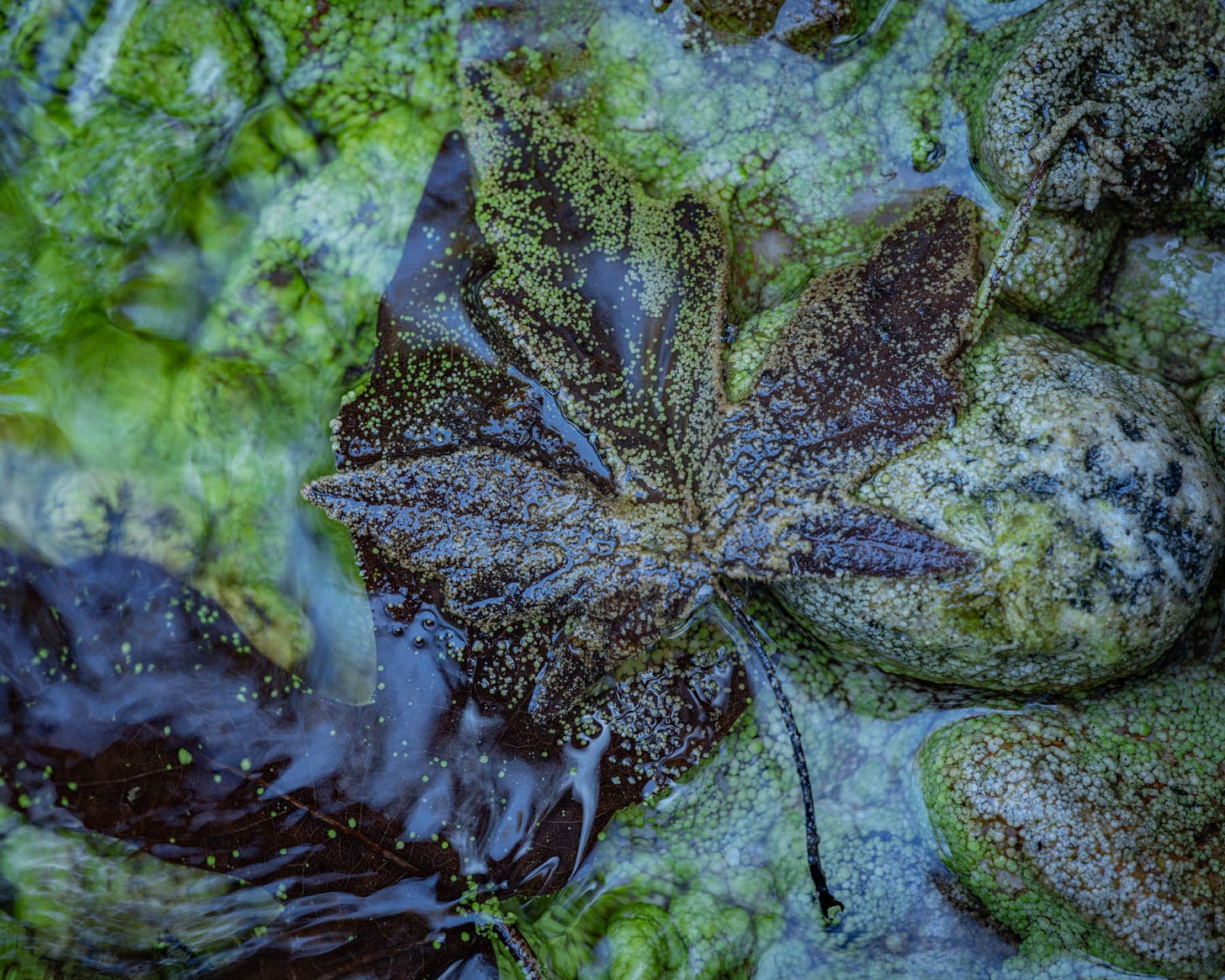
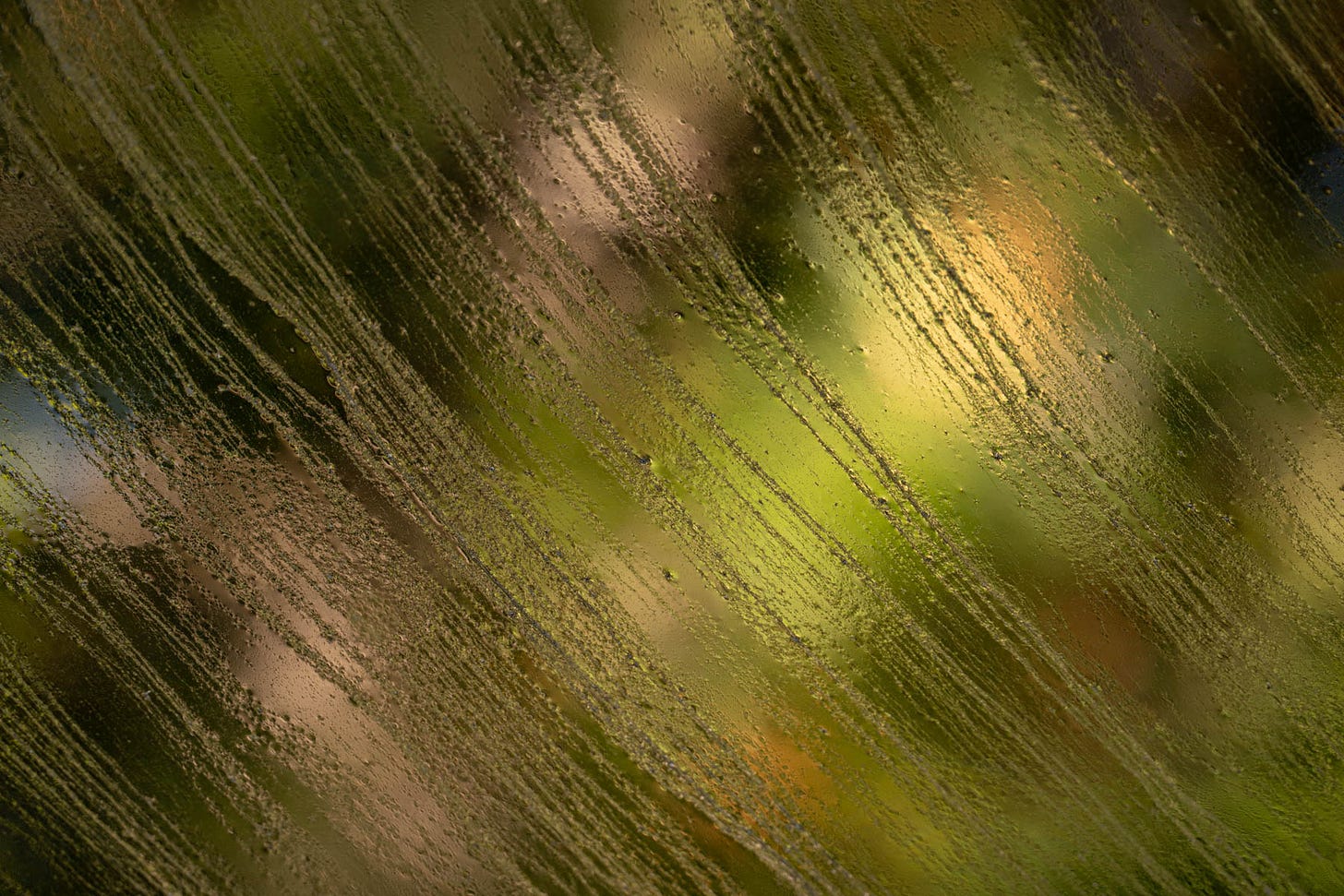

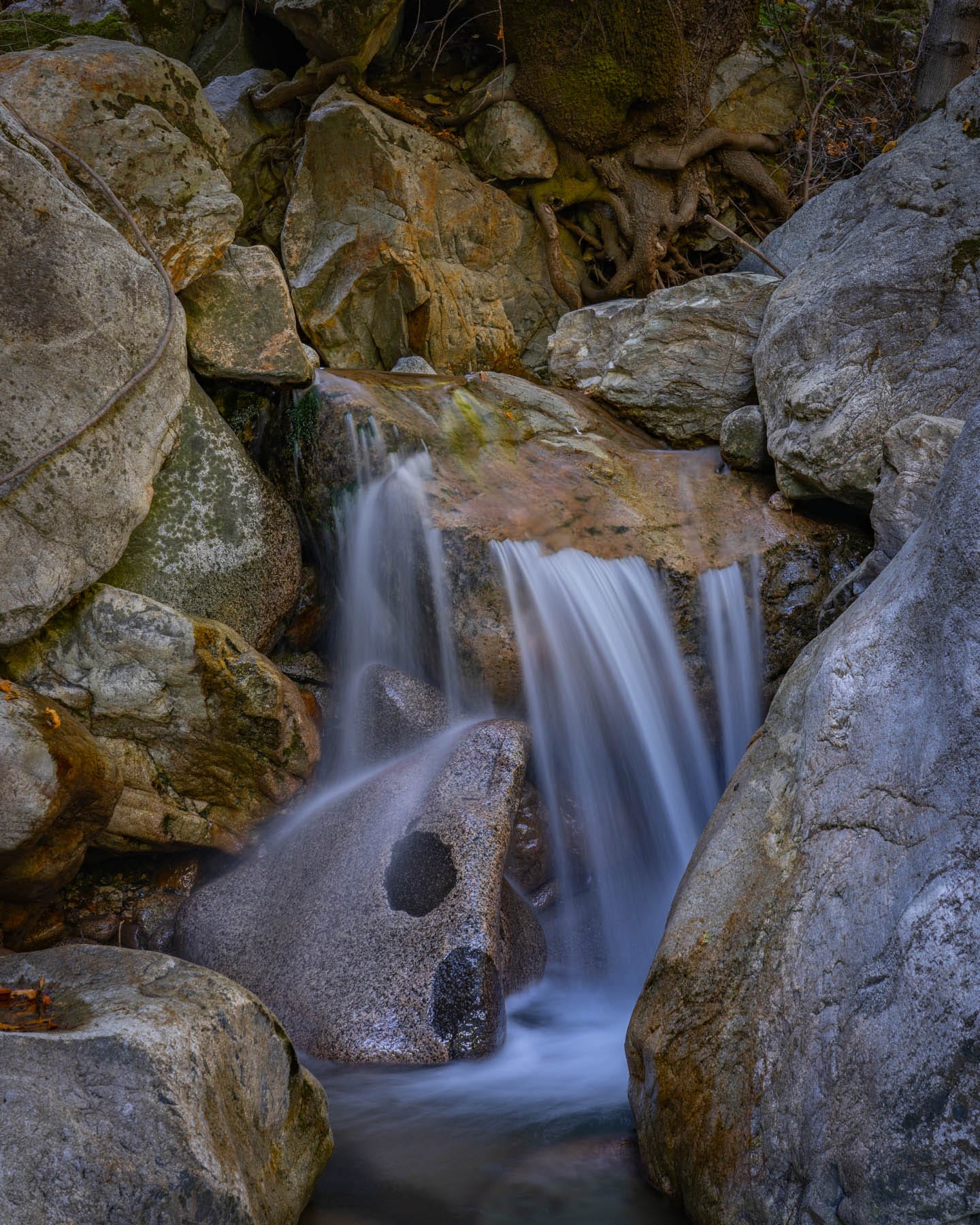
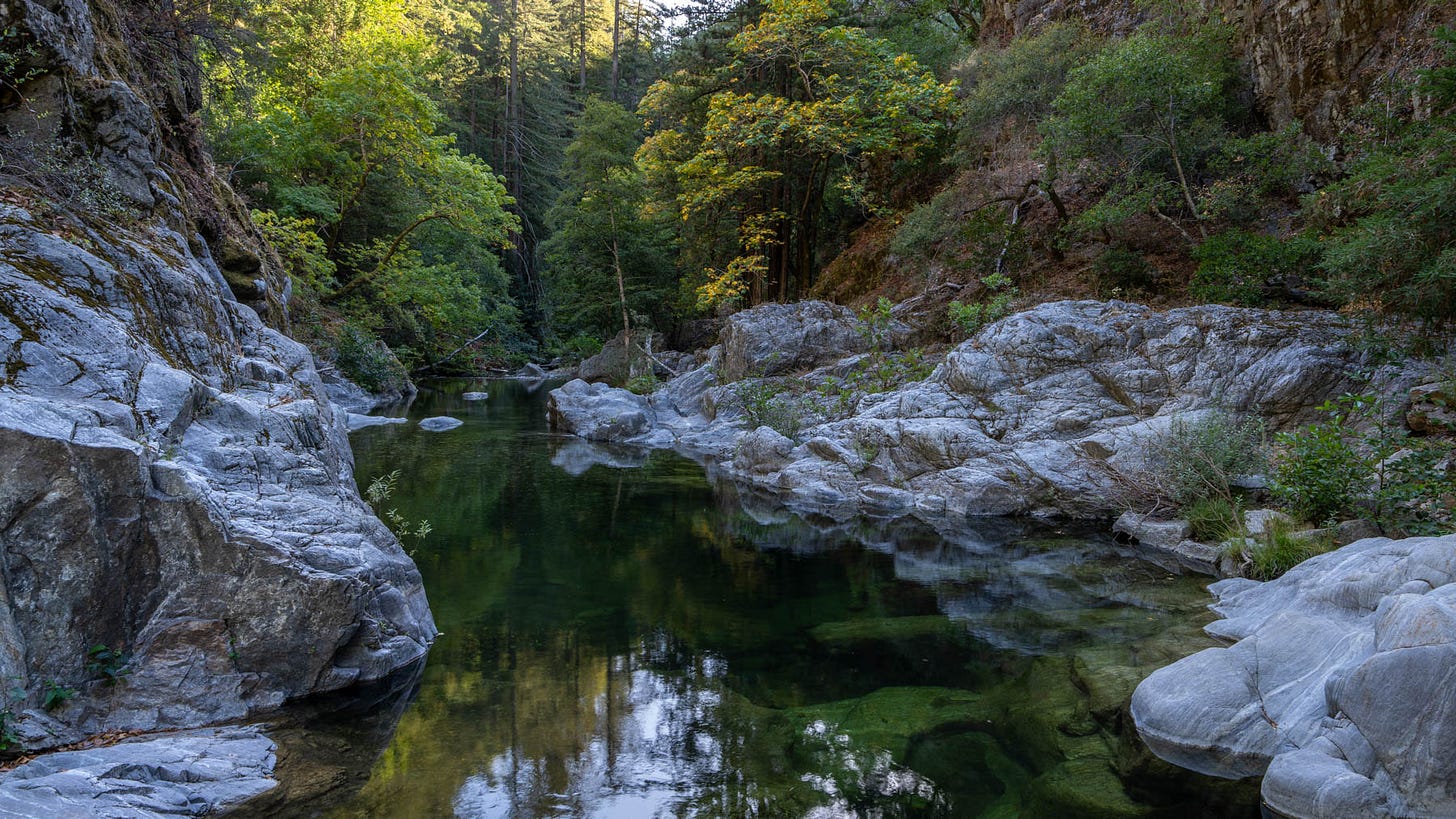
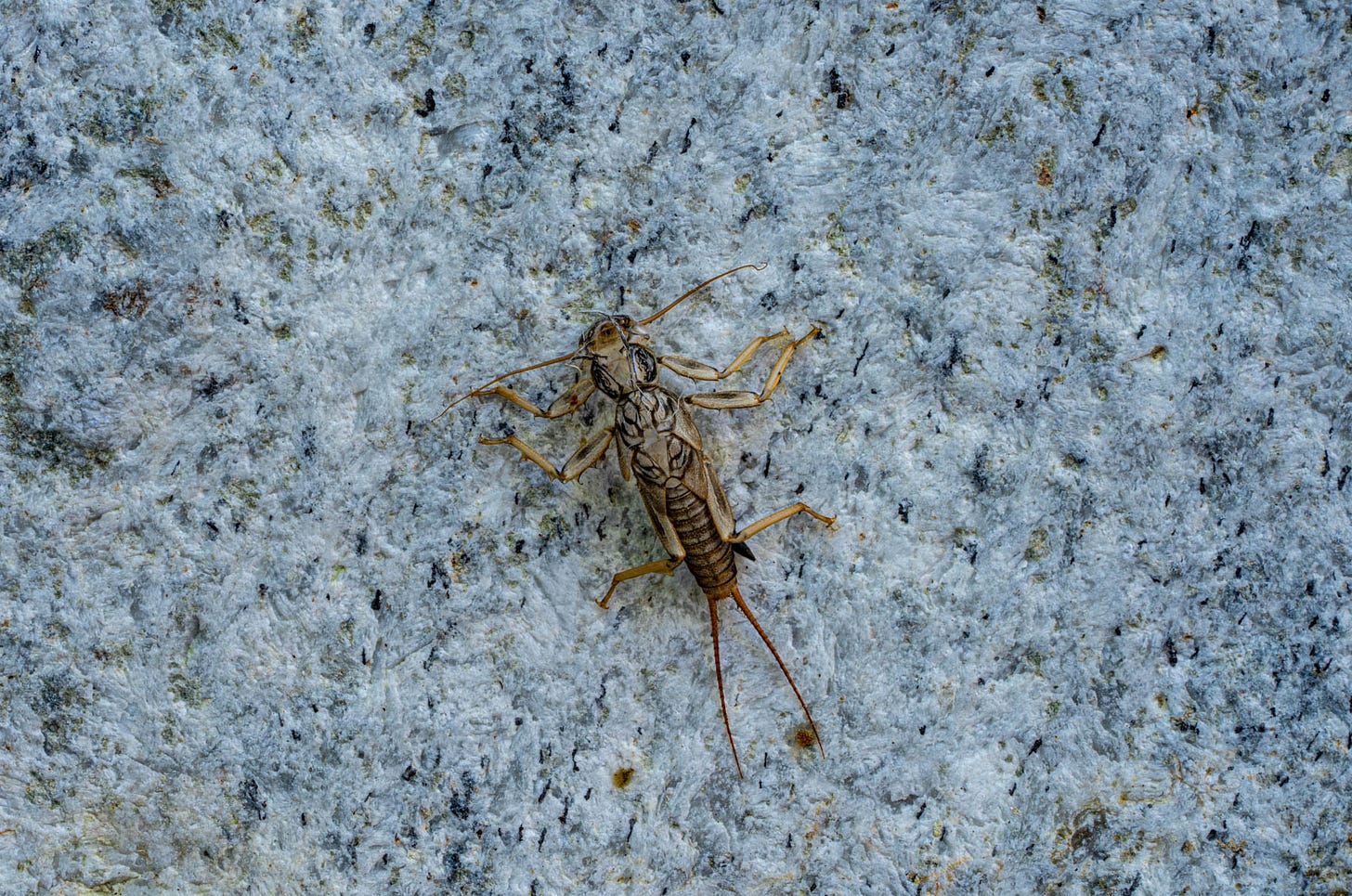
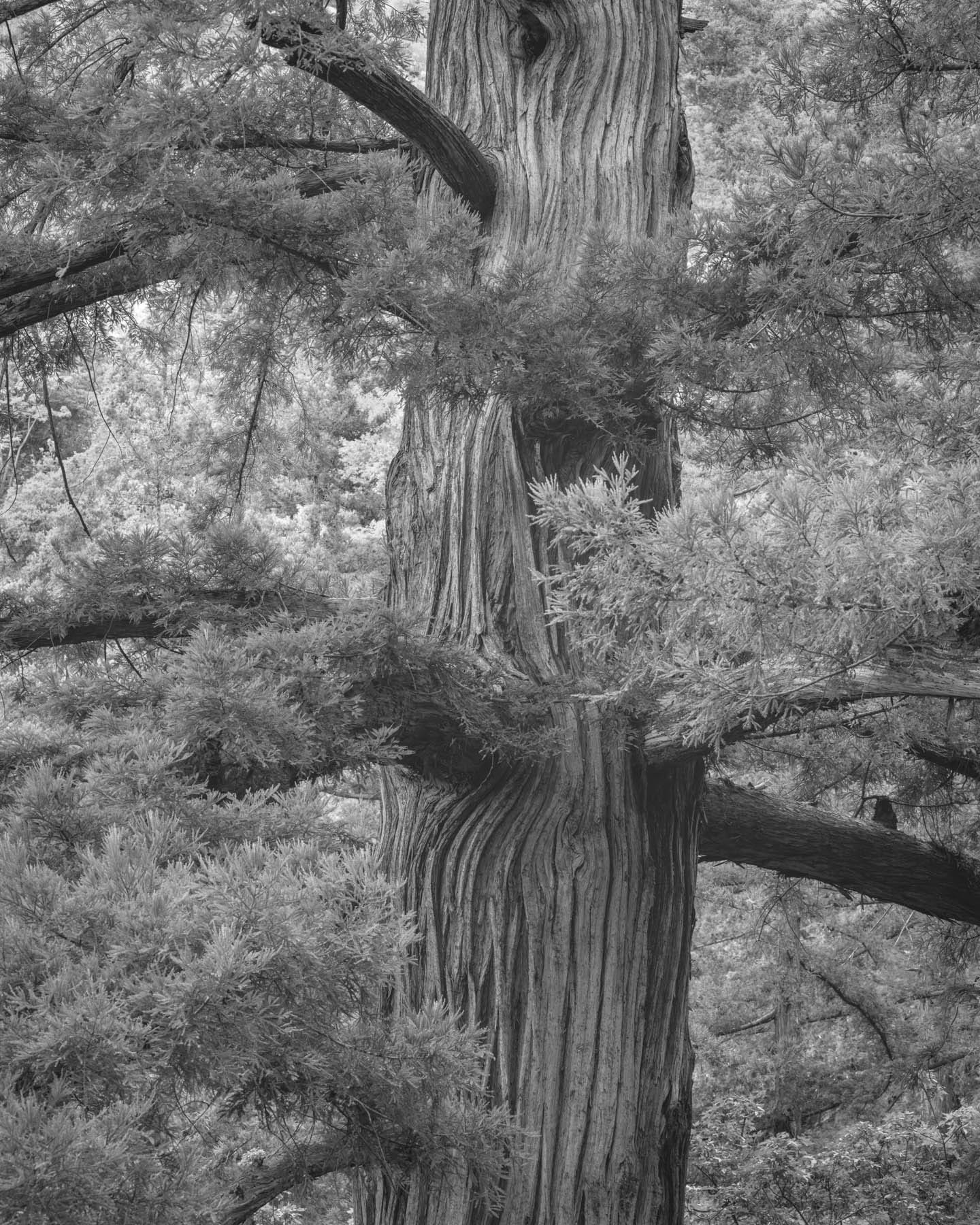
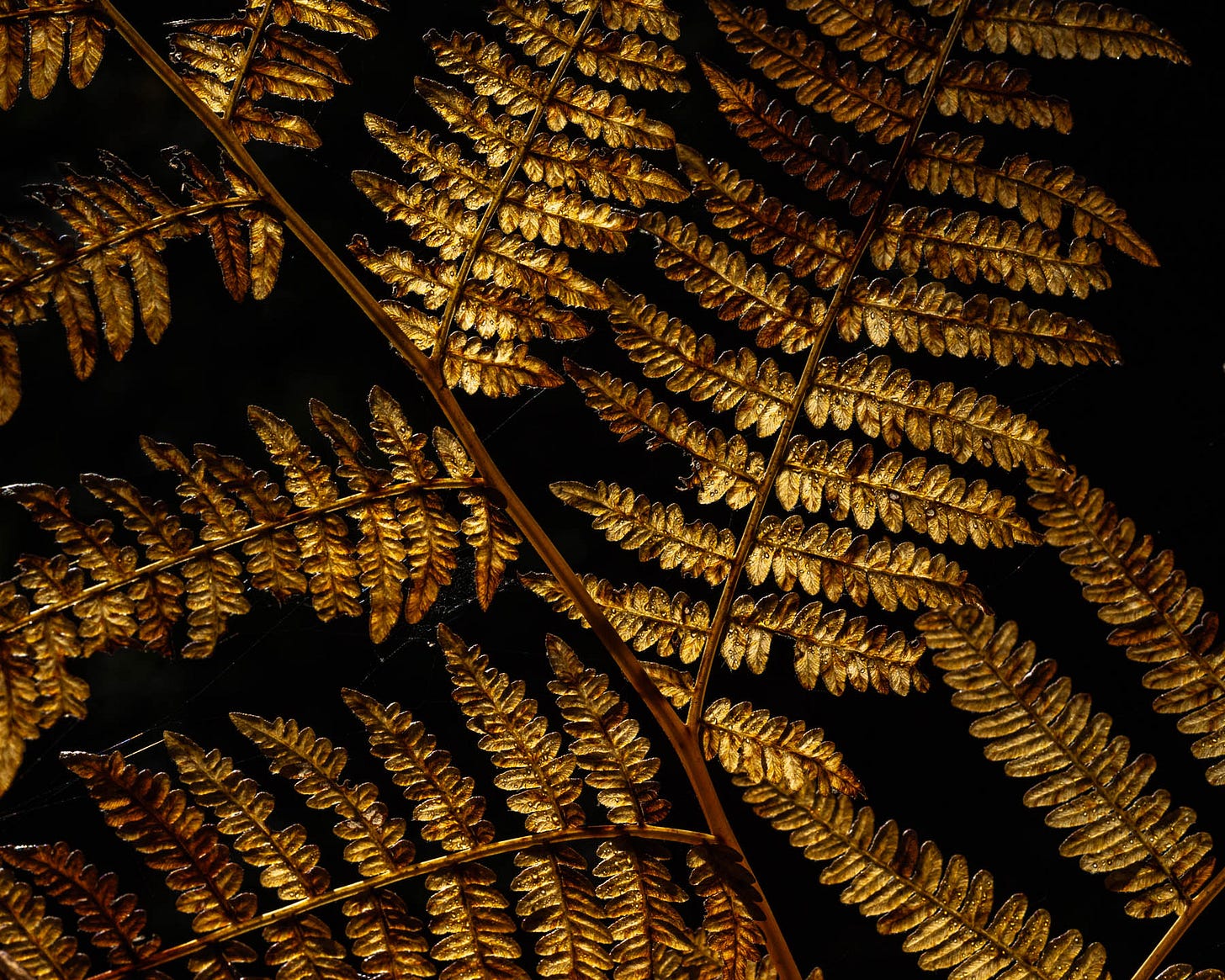

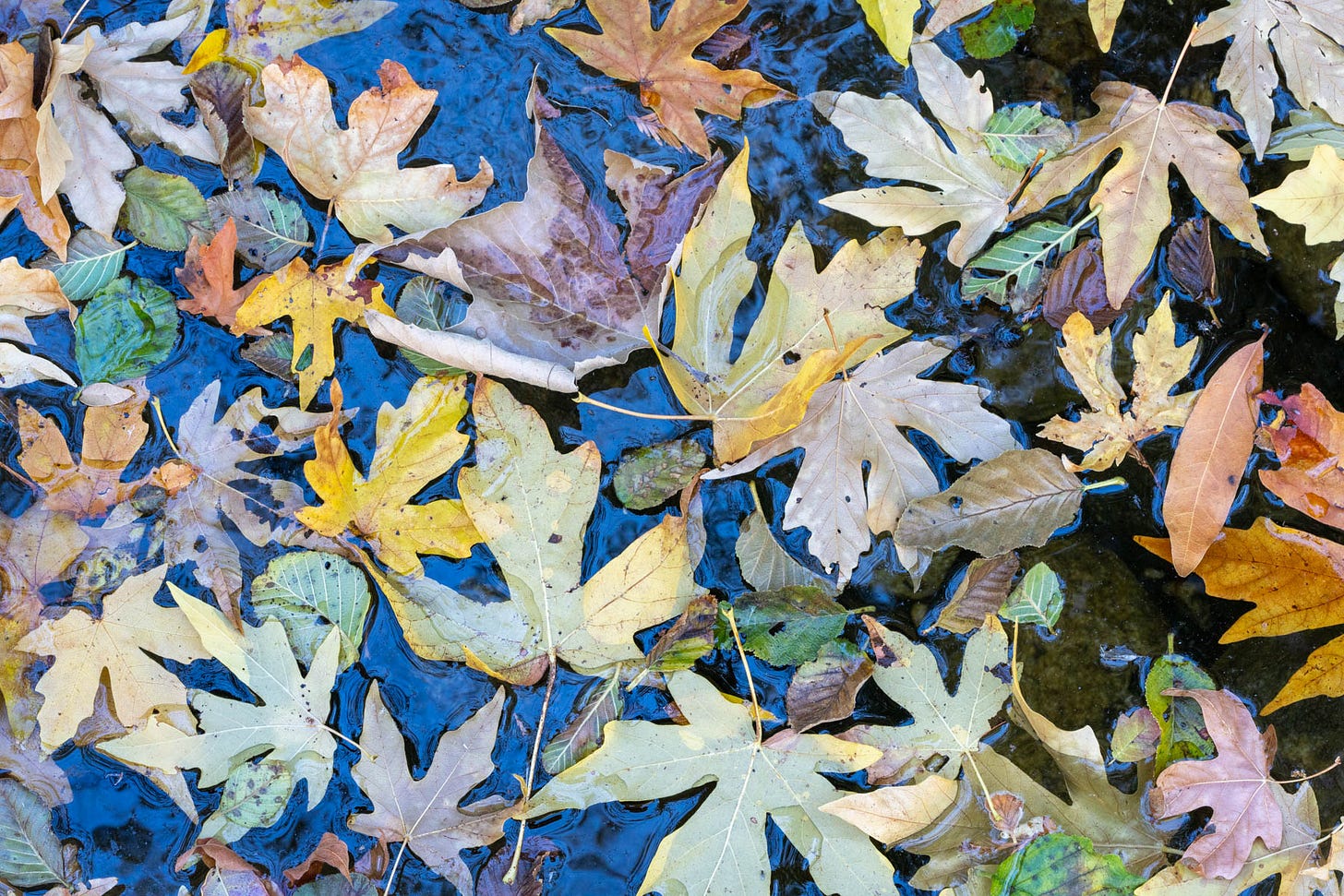

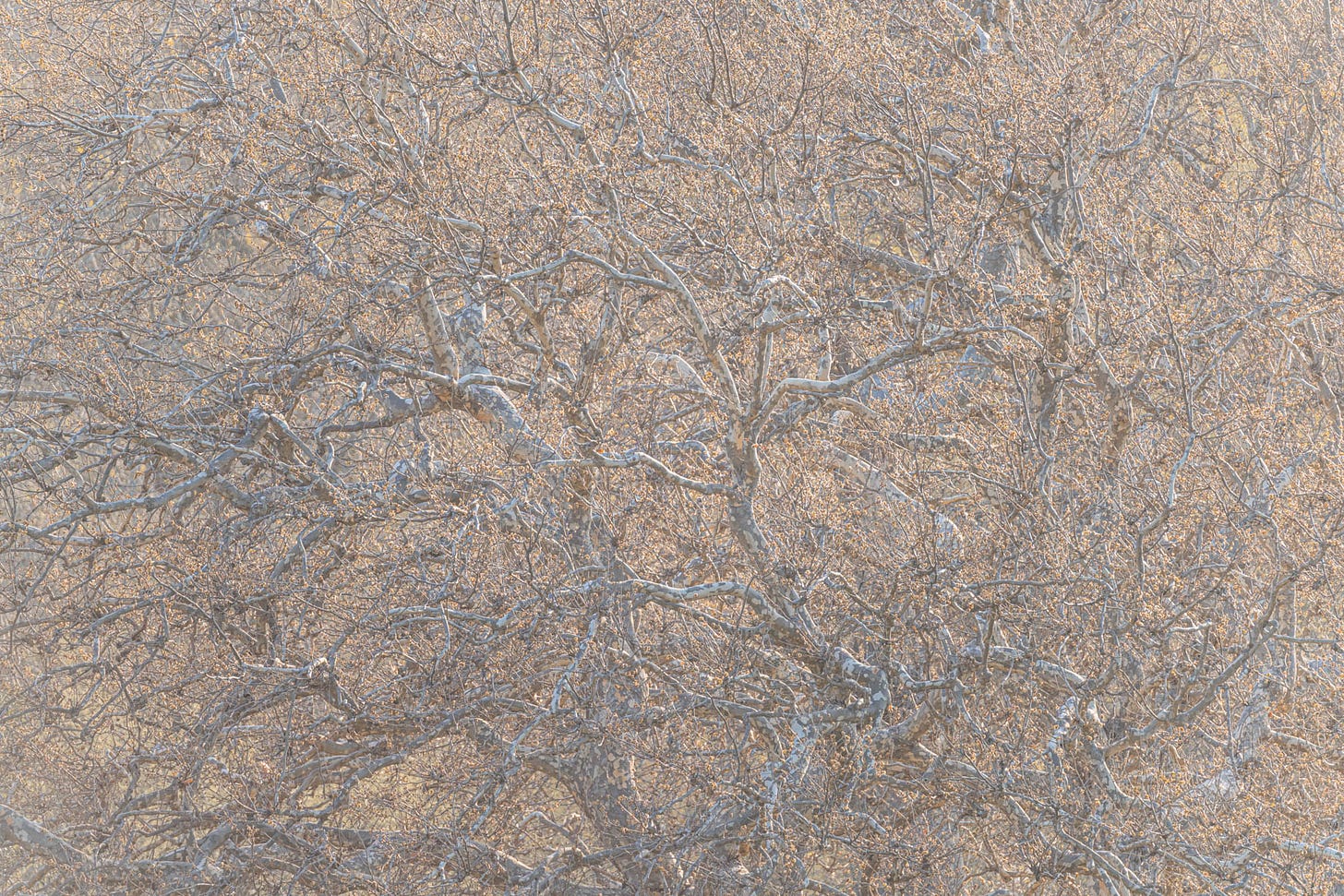
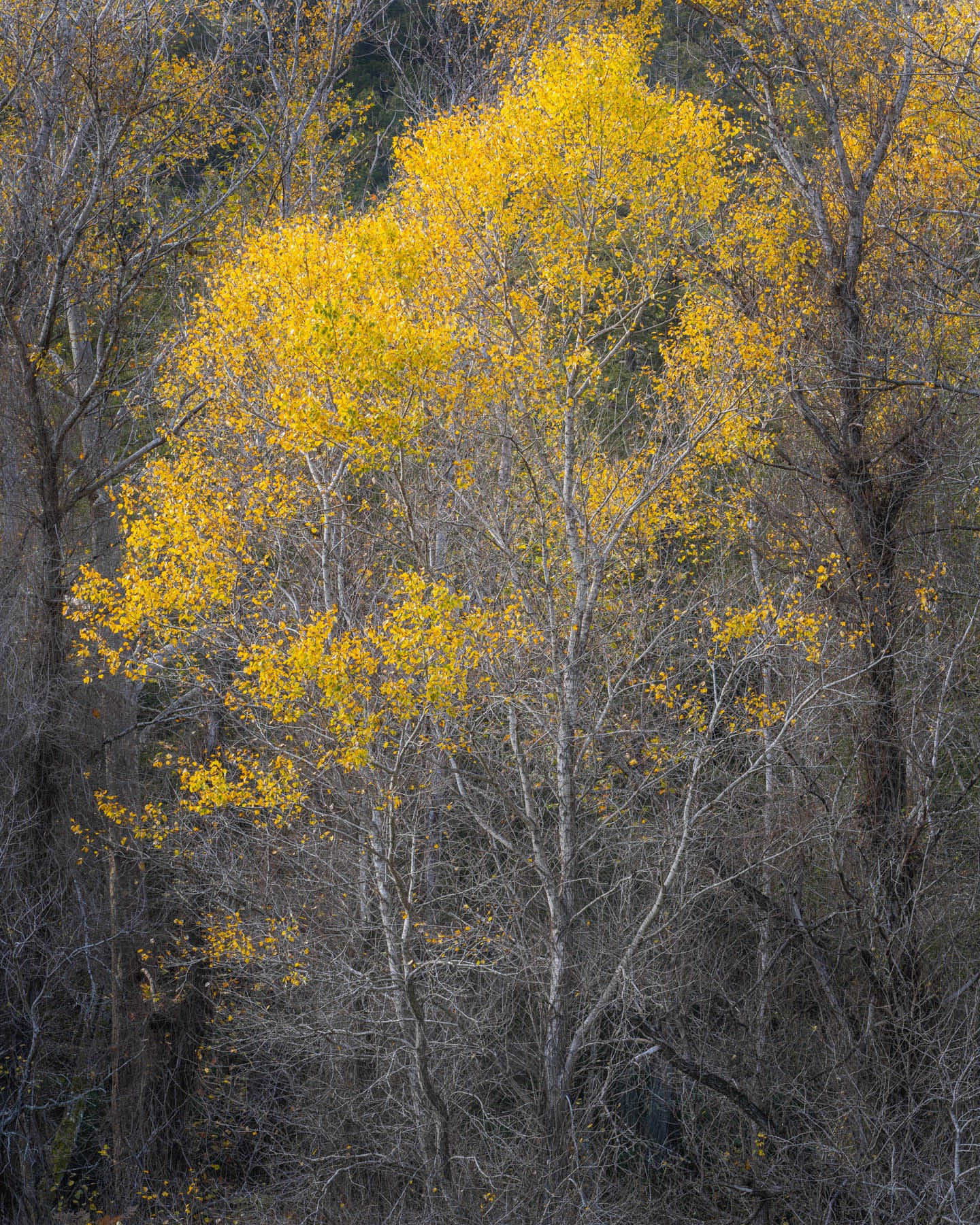
I enjoyed reading, and beautiful pictures!
Wonderful, vibrant, informative exciting text and photos! Made me want to explore
and discover this natural beauty. Love the inclusion of native lore.
Thank you Keith,
Valentine